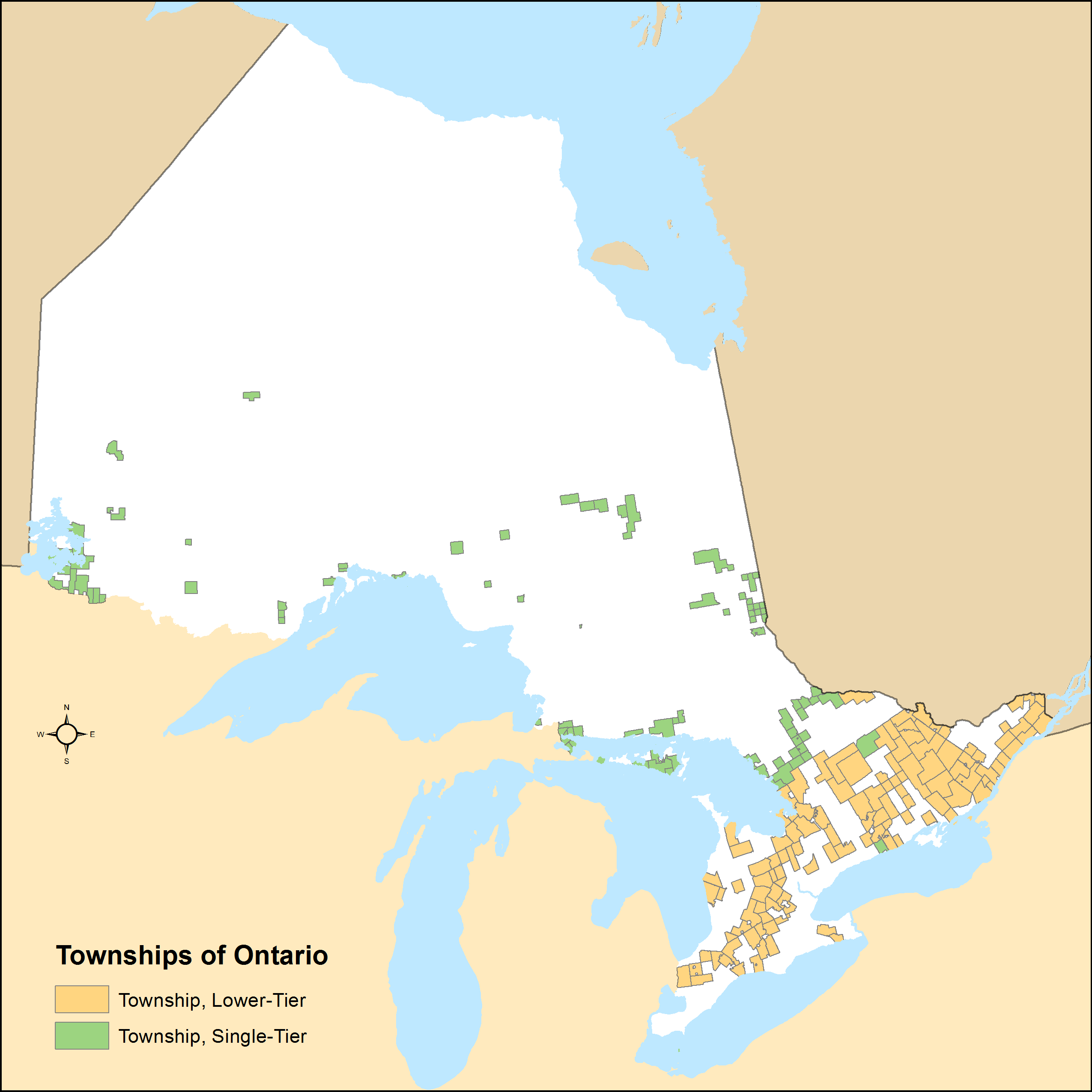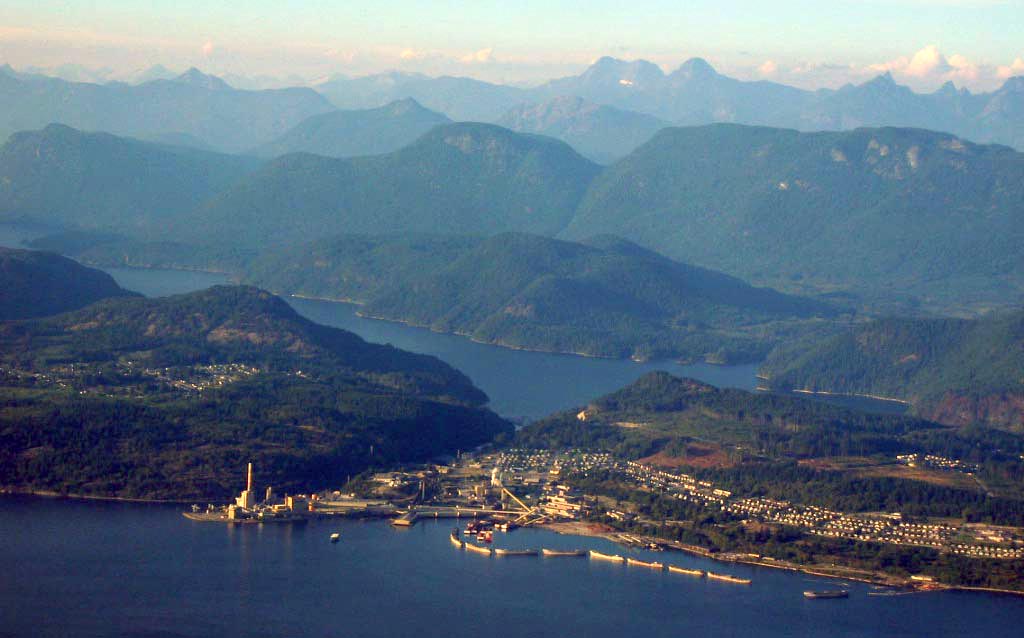|
Cramahe, Ontario
Cramahe is a rural township located in Northumberland County in central Ontario, Canada. It is situated just off Ontario Highway 401 approximately 140 km East of Toronto. It was named for Hector Theophilus de Cramahé, who was Lieutenant-Governor of the Province of Quebec. The township's seat and largest town is Colborne. Joseph Keeler opened a store on the site of present-day Colborne about 1819. A community began to grow as other small businessmen followed suit. With the opening of harbour facilities in the 1840s and the arrival of the railway in 1840, Colborne became an important service centre for the region. Cramahe was incorporated as a township in 1850. In 1858, the Village of Colborne seceded from the municipality as a separate township. In 2001, both municipalities were reamalgamated to form an expanded Township of Cramahe. Communities The township of Cramahe comprises a number of communities, including the following communities such as ''Castleton'', Colborne, ... [...More Info...] [...Related Items...] OR: [Wikipedia] [Google] [Baidu] |
List Of Township Municipalities In Ontario
A township is a type of municipality in the Canadian province of Ontario. They can have either single-tier status or lower-tier status. Ontario has 200 townships that had a cumulative population of 990,396 and an average population of 4,952 in the 2011 Census. Ontario's largest and smallest townships are Centre Wellington and Cockburn Island with populations of 26,693 and 0 respectively. History Under the former ''Municipal Act, 1990'', a township was a type of local municipality. Under this former legislation, a locality with a population of 1,000 or more could have been incorporated as a township by Ontario's Municipal Board upon review of an application from 75 or more residents of the locality. It also provided that a township could include "a union of townships and a municipality composed of two or more townships". In the transition to the ''Municipal Act, 2001'', these requirements were abandoned and, as at December 31, 2002, every township ... [...More Info...] [...Related Items...] OR: [Wikipedia] [Google] [Baidu] |
Hector Theophilus De Cramahé
Hector Theophilus de Cramahé (1 October 1720 – 9 June 1788), born Théophile Hector Chateigner de Cramahé, was Lieutenant-Governor of the Province of Quebec, and titular Lieutenant Governor of Detroit. He was born in Dublin, the son of a Huguenot, Captain Hector François Chataigner de Cramahé, Seigneur de Cramahé et des Rochers. His father served as aide de camp to the leader of William III's Huguenot regiments, Henri de Massue, 1st Earl of Galway. He began his military career in 1740 and in January 1741, was appointed an ensign in the 15th Regiment of Foot and with the rank of lieutenant in April. On 12 March 1754 he became captain and in 1758 went with his regiment to America where it took part in the Siege of Louisbourg. During the absence of General Guy Carleton, on 6 June 1771, he was made lieutenant governor of the Province of Quebec. His administration ending with the return of Carleton on 18 September 1774. He organised the defence of the city during the Bat ... [...More Info...] [...Related Items...] OR: [Wikipedia] [Google] [Baidu] |
House Of Assembly Of Vancouver Island
The Legislative Assembly of Vancouver Island, sometimes House of Assembly of Vancouver Island, was the colonial parliamentary body that was elected to represent voters in the Colony of Vancouver Island. It was created in 1856 after a series of petitions were sent to the Colonial Office in London, England, London protesting the Hudson’s Bay Company’s proprietary rule over the colony. It was the first elected assembly in British North America west of Ontario. Although at first only handful of colonists met the voting requirement, and most of those that did were tied to the HBC, the franchise was gradually extended, and the assembly began to assert demands for more control over colonial affairs, as well as criticize Governor-general, colonial governor Sir James Douglas (governor), James Douglas's inherent conflict of interest as both governor and Hudson Bay Company's chief factor. History In an attempt to minimize the influence of the assembly he had been ordered to establish ... [...More Info...] [...Related Items...] OR: [Wikipedia] [Google] [Baidu] |
Israel Wood Powell (British Columbia Politician)
Israel Wood Powell (April 27, 1836 – February 25, 1915) was B.C.'s first superintendent of Indian Affairs and a businessman, politician and doctor. He served in the Legislative Assembly of Vancouver Island from 1863 to 1866. Life He was born in Colborne, Norfolk County, Upper Canada (what is now Ontario), the son of Israel Wood Powell and Melinda Boss. His brother Walker later served in the legislative assembly for the Province of Canada. Powell was educated in Port Dover and at McGill University, where he studied medicine. He set up practice in Port Dover, moving in 1862 to Victoria, then part of the Colony of Vancouver Island. Powell was surgeon for the fire department and served in the militia. He was also a founding member of a freemason lodge there and later served as provincial grand master. Powell was elected in 1863 to the House of Assembly of Vancouver Island. He was defeated when he ran for election in 1866 and the 1868 BC elections. He served as chairma ... [...More Info...] [...Related Items...] OR: [Wikipedia] [Google] [Baidu] |
Canada 2021 Census
The 2021 Canadian census was a detailed enumeration of the Canadian population with a reference date of May 11, 2021. It follows the 2016 Canadian census, which recorded a population of 35,151,728. The overall response rate was 98%, which is slightly lower than the response rate for the 2016 census. It recorded a population of 36,991,981, a 5.2% increase from 2016. Planning Consultation on census program content was from September 11 to December 8, 2017. The census was conducted by Statistics Canada, and was contactless as a result of the COVID-19 pandemic in Canada. The agency had considered delaying the census until 2022. About 900 supervisors and 31,000 field enumerators were hired to conduct the door-to-door survey of individuals and households who had not completed the census questionnaire by late May or early June. Canvassing agents wore masks and maintained a physical distance to comply with COVID-19 safety regulations. Questionnaire In early May 2021, Statistics Canad ... [...More Info...] [...Related Items...] OR: [Wikipedia] [Google] [Baidu] |
Canada 2016 Census
The 2016 Canadian census was an enumeration of Canadian residents, which counted a population of 35,151,728, a change from its 2011 population of 33,476,688. The census, conducted by Statistics Canada, was Canada's seventh quinquennial census. The official census day was May 10, 2016. Census web access codes began arriving in the mail on May 2, 2016. The 2016 census marked the reinstatement of the mandatory long-form census, which had been dropped in favour of the voluntary National Household Survey for the 2011 census. With a response rate of 98.4%, this census is said to be the best one ever recorded since the 1666 census of New France. This census was succeeded by Canada's 2021 census. Planning Consultation with census data users, clients, stakeholders and other interested parties closed in November 2012. Qualitative content testing, which involved soliciting feedback regarding the questionnaire and tests responses to its questions, was scheduled for the fall of 2013, ... [...More Info...] [...Related Items...] OR: [Wikipedia] [Google] [Baidu] |
2021 Canadian Census
The 2021 Canadian census was a detailed enumeration of the Canadian population with a reference date of May 11, 2021. It follows the 2016 Canadian census, which recorded a population of 35,151,728. The overall response rate was 98%, which is slightly lower than the response rate for the 2016 census. It recorded a population of 36,991,981, a 5.2% increase from 2016. Planning Consultation on census program content was from September 11 to December 8, 2017. The census was conducted by Statistics Canada, and was contactless as a result of the COVID-19 pandemic in Canada. The agency had considered delaying the census until 2022. About 900 supervisors and 31,000 field enumerators were hired to conduct the door-to-door survey of individuals and households who had not completed the census questionnaire by late May or early June. Canvassing agents wore masks and maintained a physical distance to comply with COVID-19 safety regulations. Questionnaire In early May 2021, Statistics Can ... [...More Info...] [...Related Items...] OR: [Wikipedia] [Google] [Baidu] |
Big Apple (Colborne, Ontario)
The Big Apple is a roadside attraction in Colborne, a village in the municipality of Cramahe, in Northumberland County, Ontario, Canada. Located on the south side of Ontario Highway 401 at interchange 497 (Northumberland County Road 25/Percy Street), it is easily recognizable from the highway by its large apple-shaped structure, claimed to be the world's largest. History The Big Apple was conceived by George Boycott, an Australian immigrant to Canada who took inspiration from the Big Pineapple in Sunshine Coast Region, Queensland. Boycott sold the six pizza shops he owned in Australia and moved to Colborne in 1976, the village being one of the largest apple-producing areas in Ontario. Boycott sold real estate in Ontario to fund the construction of the Big Apple. In 1983 he met Henry Mensen, a local builder, with whom Boycott planned the construction of the Big Apple over the next five years. The Big Apple opened in 1987, with its construction costs covered through a combinatio ... [...More Info...] [...Related Items...] OR: [Wikipedia] [Google] [Baidu] |


